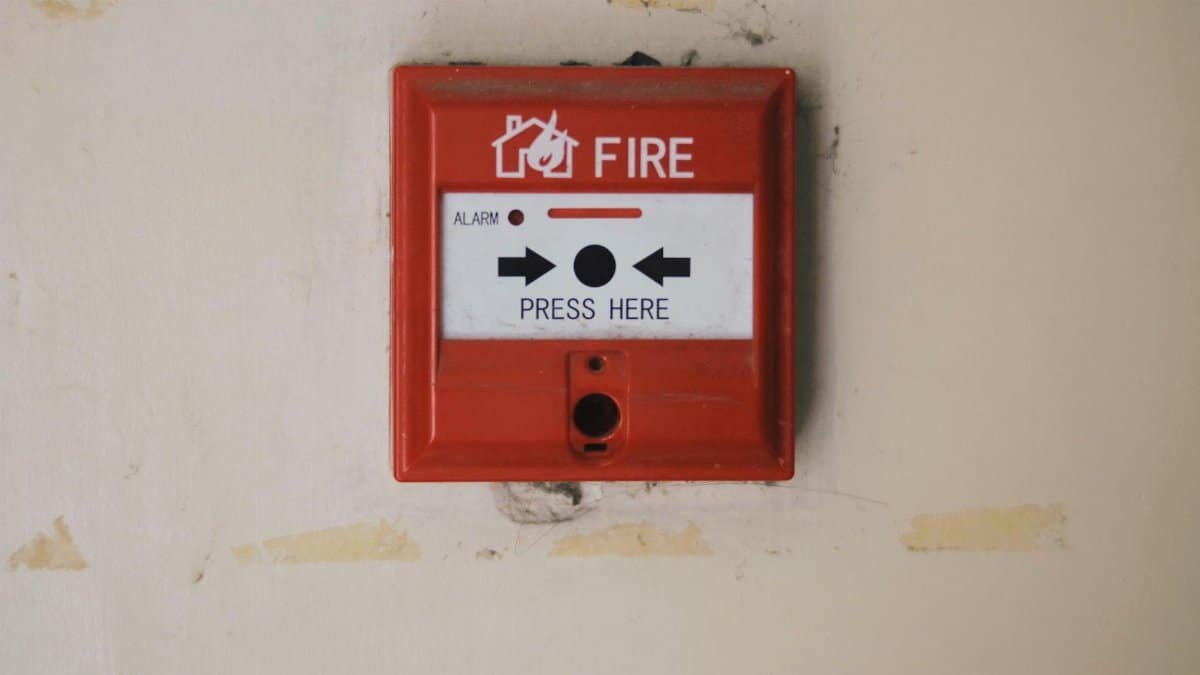A recent survey by the National Institutes of Health found that nearly 40% of Americans experiencing chronic stress reported noticeable improvements in their well-being after incorporating practices aimed at nervous system regulation. This figure, drawn from a 2023 analysis, underscores a growing recognition of how tuning into our body’s stress responses can lead to profound shifts. In bustling cities like New York or Los Angeles, people are turning to techniques like deep breathing or mindfulness to calm their overactive nerves. It’s not just about fleeting relief. These methods help rewire reactions to everyday pressures. As more individuals experiment with them, stories emerge of transformed lives. Relationships deepen. Sleep improves. A sense of calm prevails. What begins as a simple routine often evolves into a gateway for broader personal growth. In 2025, with stress levels still climbing, understanding these changes feels timely.
Understanding the Basics of Nervous System Regulation

At its core, nervous system regulation involves balancing the autonomic nervous system, which controls our fight-or-flight responses and rest-and-digest states. Think of it as recalibrating an internal thermostat that’s been stuck on high alert. Many start with basic tools like breathwork or grounding exercises. These aren’t new inventions. They’ve roots in ancient practices, now backed by modern science.
Consider Sarah, a teacher in Chicago. She described her days as a whirlwind of anxiety until she tried progressive muscle relaxation. “It was like flipping a switch,” she said. Mornings that once felt overwhelming became manageable. Research from the National Center for Biotechnology Information supports this, showing how such techniques reduce cortisol levels. Yet, it’s not always straightforward. Some face initial resistance, their bodies unused to slowing down.
The sympathetic and parasympathetic branches play key roles here. When the sympathetic dominates, stress builds. Shifting to parasympathetic dominance fosters recovery. In everyday terms, this means pausing amid chaos. A quick walk in nature or focused breathing can tip the scales. Over time, these habits build resilience, making life’s ups and downs less jarring.
Emotional Shifts That Surprise Many

One of the first changes people notice is a steadier emotional landscape. Irritability fades. Patience grows. It’s as if a fog lifts, revealing clearer responses to triggers.
Take the case of a corporate executive in Atlanta. He shared anonymously in an online discussion how constant deadlines had him snapping at colleagues. After weeks of nervous system regulation through yoga nidra, he found himself responding with calm instead of fury. “Conflicts that used to escalate now dissolve,” he noted. This aligns with findings from Harvard Health Publishing, which highlights yoga’s role in modulating emotional regulation.
But these shifts aren’t uniform. For some, old wounds surface first, demanding attention. It’s a process of unraveling, not instant harmony. Emotions that were suppressed bubble up, leading to breakthroughs. Friends and family often comment on the difference, saying the person seems more present. In a world of distractions, this emotional clarity becomes a quiet superpower.
Short bursts of anger give way to thoughtful pauses. Joy feels more accessible. Even small victories, like handling a tough conversation without regret, accumulate into a profound sense of empowerment.
Transformations in Sleep Patterns

Sleep often improves dramatically. Insomnia that plagued nights starts to ease as the body learns to unwind.
Imagine lying awake, mind racing with tomorrow’s worries. That’s how it was for many before they discovered regulation techniques. A study from the Sleep Foundation indicates that mindfulness-based practices enhance sleep quality by reducing rumination. People report falling asleep faster and waking refreshed.
One woman in Seattle experimented with body scans before bed. What started as skepticism turned into ritual. Her dreams became vivid, her energy sustained. Yet, not everyone sees overnight results. It might take consistent effort, tweaking routines to fit personal needs. Caffeine cuts or evening journaling complement the work.
As sleep deepens, so does overall vitality. Mornings feel inviting rather than dreaded. This ripple effect touches every part of life, from work performance to leisure enjoyment.
Strengthening Relationships Through Calm

Relationships often flourish when nervous system regulation takes hold. Communication sharpens. Empathy expands.
Conflicts that once escalated into arguments now resolve with understanding. Partners notice a softer tone, fewer misunderstandings. It’s like oiling rusty hinges on a door that used to slam shut.
A couple in Denver shared how joint breathing exercises bridged their gaps. “We argue less and connect more,” the husband explained. Data from the American Psychological Association links stress reduction to healthier interactions, emphasizing how regulated states foster patience.
Of course, challenges arise. Vulnerability required in these practices can feel exposing at first. But as trust builds, bonds deepen. Friendships benefit too, with more authentic conversations replacing superficial chatter. In 2025, amid digital divides, this human connection feels especially vital.
Boosts in Focus and Productivity

Productivity surges as distractions lose their grip. Tasks that felt overwhelming become approachable.
Workers describe sharper concentration, fewer mental blocks. A freelance writer in Austin found that short meditation breaks transformed her workflow. Deadlines met with ease replaced frantic all-nighters.
Yet, it’s not about pushing harder. Regulation teaches working with the body’s rhythms, not against them. Breaks become strategic, not lazy. Insights from NCBI studies show mindfulness improving cognitive function, backing these anecdotal gains.
Sometimes, the change reveals deeper issues, like burnout lurking beneath. Addressing them leads to sustainable habits. Creativity flows freer, ideas emerging without force. In competitive fields, this edge proves invaluable.
Discovering Inner Peace Amid Chaos

Inner peace emerges as a steady undercurrent, even in turbulent times. It’s not about eliminating stress but navigating it gracefully.
People speak of a quiet confidence, a sense that they’re anchored no matter the storm. One veteran in rural Texas turned to tai chi after years of PTSD. “The noise in my head quieted,” he reflected. This echoes broader trends in wellness, where regulation practices offer solace.
Peace isn’t passive. It fuels action, from pursuing passions to setting boundaries. Conflicts with the fast-paced world arise—colleagues might question the slower pace. But the benefits outweigh doubts. As awareness spreads, communities form around these shared experiences.
Physical Health Benefits That Follow

Physical changes often surprise practitioners. Tension headaches lessen. Digestion improves. Energy levels stabilize.
A nurse in Miami noticed her chronic back pain easing after incorporating vagus nerve stimulation techniques. “My body feels lighter,” she said. Supporting evidence comes from Mayo Clinic resources on relaxation’s impact on physical symptoms.
These aren’t isolated effects. Lower inflammation, better immune function—science links them to balanced nervous systems. Exercise becomes enjoyable, not a chore. Diet choices align with bodily cues. Over time, this holistic shift reduces reliance on quick fixes like caffeine or painkillers.
Still, patience is key. Bodies heal at their own pace, revealing layers of stored stress.
Heightened Self-Awareness and Personal Growth

Self-awareness deepens, unveiling patterns long ignored. Decisions align more with true values.
It’s like holding up a mirror to one’s habits. A student in Boston journaled her triggers, leading to career pivots. “I finally listened to myself,” she shared.
Growth accelerates as excuses fade. Therapy complements regulation, amplifying insights. In a culture of constant doing, this introspection stands out. It fosters purpose, turning vague dissatisfactions into clear paths forward.
Shifts in Daily Habits and Routines

Daily habits evolve naturally. Mornings might include stretching instead of scrolling. Evenings wind down with intention.
These small adjustments compound. A parent in Philadelphia swapped late-night TV for reading, finding family time enriched. Habits stick because they feel good, not forced.
Challenges include slipping back into old ways during stress peaks. But with practice, resilience builds. In 2025, as wellness apps proliferate, integrating regulation becomes seamless.
Navigating Setbacks and Long-Term Commitment

Setbacks happen. Progress stalls, old stresses resurface. Yet, these moments teach persistence.
One man in San Francisco hit a plateau after initial gains. Adjusting his approach—adding community support—reignited momentum. Long-term commitment reveals the practice’s depth, turning it into a lifestyle.
Ultimately, the changes weave into the fabric of life, creating a more balanced existence.
